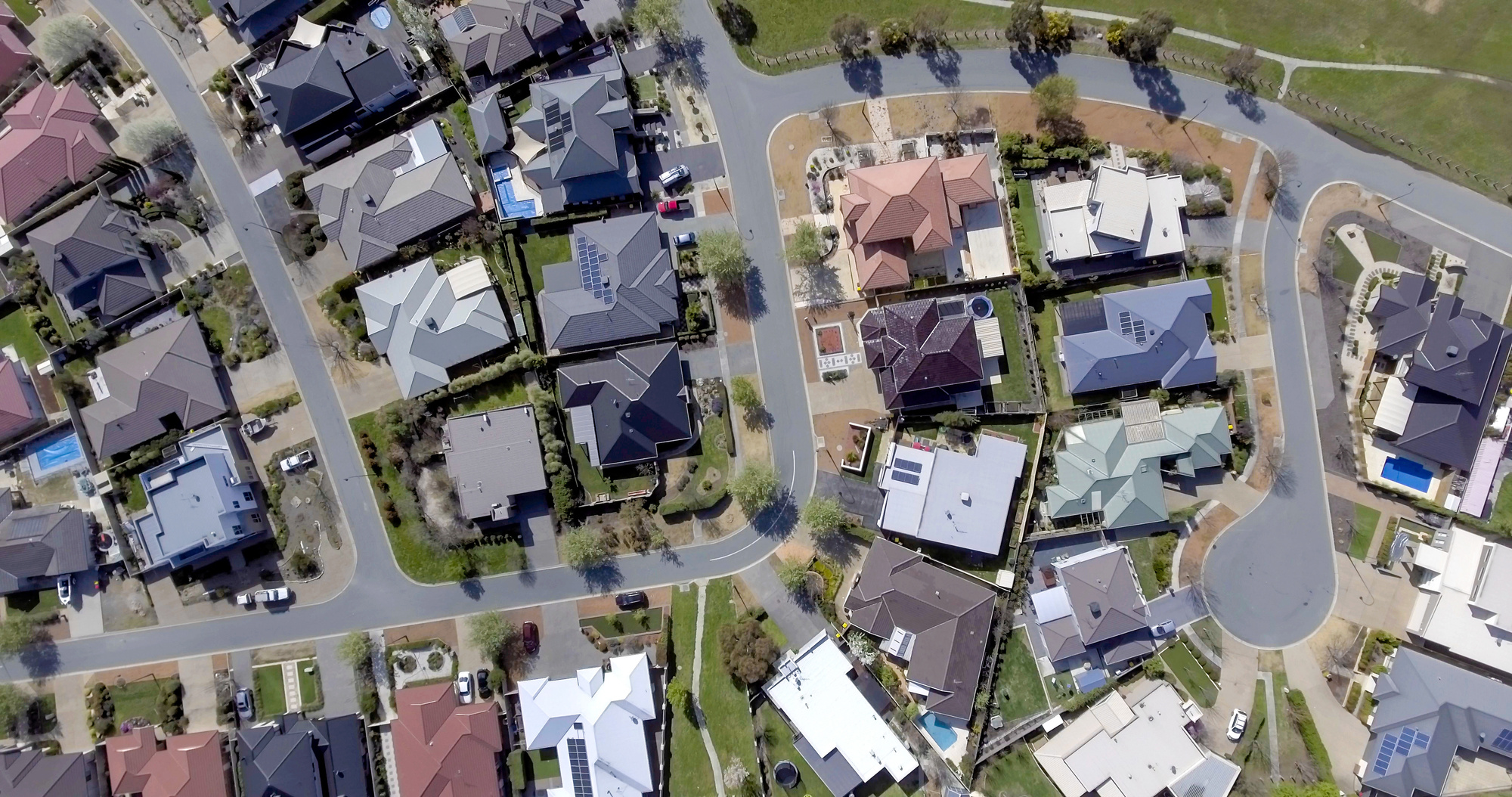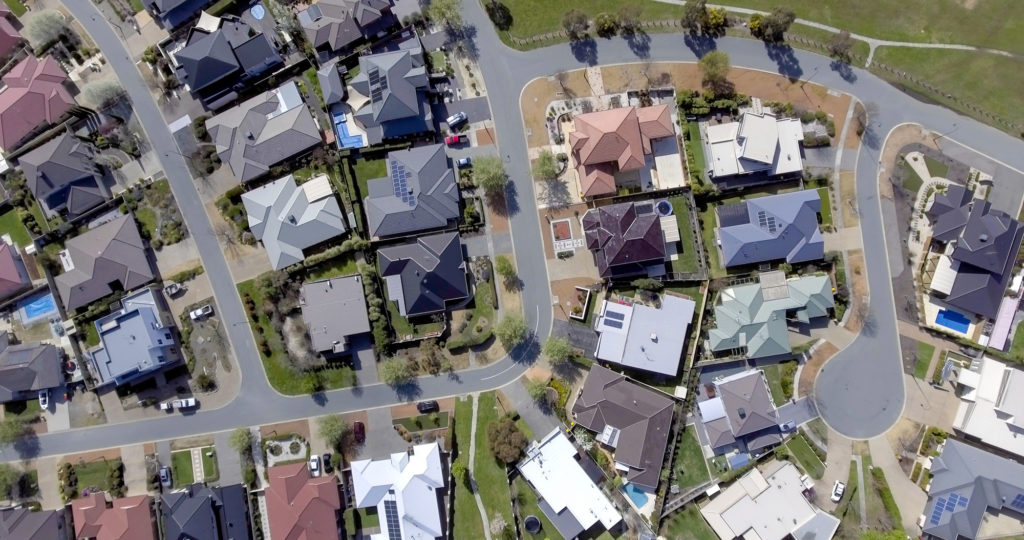
7 Tips for Choosing the Best Suburban Neighborhoods to Raise a Family
Are you thinking about buying a new home? If you have children, there are some extra things to consider. Here are 7 of the best tips for choosing great suburban neighborhoods that are perfect for raising a family.
The things you look for in a home–and especially a neighborhood–often change once you have kids.
Being close to bars, restaurants, and nightlife isn’t as important. Proximity to good schools, playgrounds, and other families with children are suddenly more important. And, in many cases, downtown living is replaced with suburban neighborhoods.
With more millennials moving to the suburbs, they are seeing a resurgence. Deciding which suburb is the best for you and your family can be the tricky part. Without spending a lot of time in a neighborhood, it might be hard to judge how family-friendly it is by a few short visits.
Use these tips to help you identify family-friendly suburban neighborhoods. That way, you can feel comfortable in your decision to move your family to a place where you’ll enjoy raising your children.
Suburban Neighborhoods: What to Look For
Many people living in the suburbs have children and are looking for neighborhoods with family-friendly features and things to do. Playgrounds, community pools and activities, and other families with children are appealing features to parents looking for a new home for their family.
Unless you have a lot of knowledge about a neighborhood or know someone who lives there, you might not spend much time at a home you are considering buying. True, you might be there for one or two showings for an hour or two. But, in many cases, you must quickly make a decision on a home and a neighborhood.
If you don’t know a lot about an area and don’t have much time to spend in the neighborhood, there are some key things you can look for. Here are some tips and things to look out for when considering whether a neighborhood or suburb is family-friendly.
1. Establish Your Priorities
When you begin your new home search, it’s important to decide what’s important to you. Whether it’s the size of the home, the number of bedrooms, yard space, or proximity to certain schools, your first steps is to identify your priorities.
This will help you narrow down your search. You can make a list of “must-haves” “nice to haves” and “dealbreakers” that will help ensure you get exactly what you want–and avoid house regret later.
Learn more here about one terrific family-friendly suburb in Queensland.
2. Kid-Friendly Amenities
A good family-friendly neighborhood will have a variety of kid-centered amenities nearby. Things like parks, playgrounds, a community center, sports fields or courts, and a pool hint that the neighborhood is good for kids and families.
A good location will have various amenities nearby. You may hit the jackpot and be surrounded by a virtual kid haven, but more than likely you’ll have to pick and choose.
3. Kids Playing Outdoors
Look around for kids playing outdoors in the neighborhood. Keep your eyes open for sports equipment, basketball hoops, soccer goals, trampolines, swing sets, etc.
Seeing these items and kids playing outside is a good indication that the neighborhood is safe for kids to play. It will likely offer up other kids for yours to play with, too.
4. Proximity to Shopping and Other Necessities
Chances are, you don’t want to drive far to get to the grocery store, daycare center, or doctor’s office.
How close is the neighborhood to these types of places? Driving a long way or sitting in traffic with kids while trying to get to the grocery store is not fun for anyone.
5. Neighborhood Schools
The quality of the neighborhood schools is important whether you have kids or not. Even if you don’t have kids, you might want to sell your home to someone who does have kids someday. School quality will likely be important to them.
There are a number of different ways to check the quality of your neighborhood school. Many states have school ratings on their education department websites. There are also websites that allow you to check out the ratings and reviews of public and private schools all over the country.
6. Check out the Crime Rates
Most local police departments will have information about crime in specific neighborhoods.
A lot of them even have tools on their websites that allow you to pinpoint exactly what crimes occurred in your potential neighborhood. Don’t guess–do your research and be sure.
7. Visit at Different Times of Day
Drive around the neighborhood at different times of the day. Are there kids out playing in the evenings? A lot of traffic? Does it seem like any undesirable activity is happening in the area?
Seeing it at different times of day will give you a better feel for the neighborhood. Drive around on the weekends too. That’s prime time for kids to be outside and neighbors to be out doing yard work, washing cars, or playing with their families.
Pay attention to the ages of the people you see. If you see a lot of seniors, the neighborhood may not be as family-friendly as you’d hoped. If you see a lot of teenagers, it might not be the right fit either if you have younger children.
Finally, the best information is likely to come from someone who lives in the neighborhood. Try to find someone you know who lives there or chat up people you see in the local parks or playgrounds.
Get their feedback as a resident of the neighborhood. They’ll likely have insights that you wouldn’t get from driving around or talking to a realtor.
The Bottom Line
Choosing a home is a big decision. Choosing a neighborhood is just as important.
It won’t matter if you love your house if you hate where you live. Take your time making your decision on a neighborhood, as you are making a big investment.
Use these tips to help you find the best suburban neighborhoods. Then check out our blog for even more resources on families, home life, and kids.

